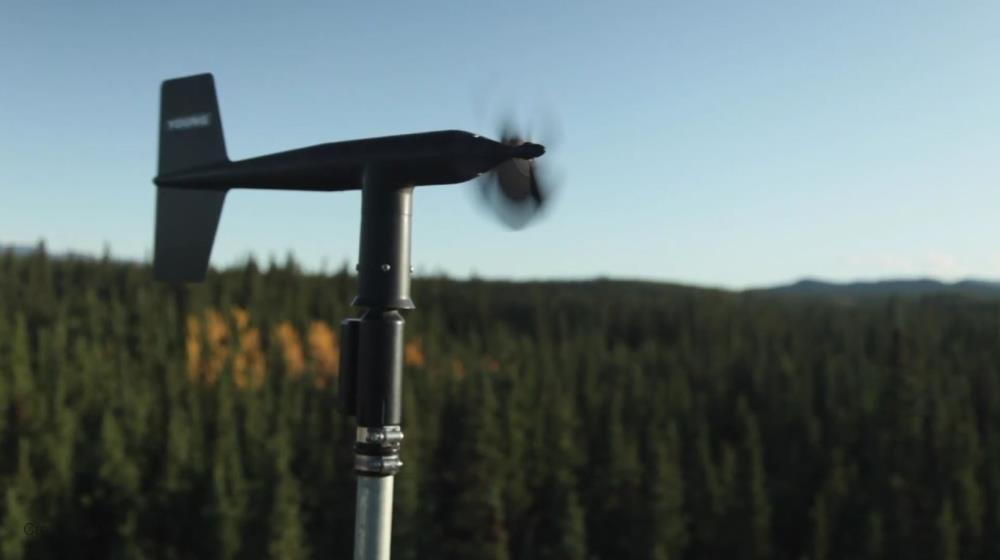
Related items loading ...
Section 1: Publication
Publication Type
Journal Article
Authorship
Painter, K. J., Venkiteswaran, J. J., Simon, D. F., Duy, S. V., Sauvé, S., Baulch, H. M.
Title
Early and late cyanobacterial bloomers in a shallow, eutrophic lake
Year
2022
Publication Outlet
Environmental Science: Processes & Impacts 24: 1217-1227
DOI
ISBN
ISSN
Citation
Painter, K. J., Venkiteswaran, J. J., Simon, D. F., Duy, S. V., Sauvé, S., Baulch, H. M. (2022) Early and late cyanobacterial bloomers in a shallow, eutrophic lake. Environmental Science: Processes & Impacts 24: 1217-1227.
https://doi.org/10.1039/D2EM00078D
Abstract
Cyanobacterial blooms present challenges for water treatment, especially in regions like the Canadian prairies where poor water quality intensifies water treatment issues. Buoyant cyanobacteria that resist sedimentation present a challenge as water treatment operators attempt to balance pre-treatment and toxic disinfection by-products. Here, we used microscopy to identify and describe the succession of cyanobacterial species in Buffalo Pound Lake, a key drinking water supply. We used indicator species analysis to identify temporal grouping structures throughout two sampling seasons from May to October 2018 and 2019. Our findings highlight two key cyanobacterial bloom phases – a mid-summer diazotrophic bloom of Dolichospermum spp. and an autumn Planktothrix agardhii bloom. Dolichospermum crassa and Woronichinia compacta served as indicators of the mid-summer and autumn bloom phases, respectively. Different cyanobacterial metabolites were associated with the distinct bloom phases in both years: toxic microcystins were associated with the mid-summer Dolichospermum bloom and some newly monitored cyanopeptides (anabaenopeptin A and B) with the autumn Planktothrix bloom. Despite forming a significant proportion of the autumn phytoplankton biomass (>60%), the Planktothrix bloom had previously not been detected by sensor or laboratory-derived chlorophyll-a. Our results demonstrate the power of targeted taxonomic identification of key species as a tool for managers of bloom-prone systems. Moreover, we describe an autumn Planktothrix agardhii bloom that has the potential to disrupt water treatment due to its evasion of detection. Our findings highlight the importance of identifying this autumn bloom given the expectation that warmer temperatures and a longer ice-free season will become the norm.
Plain Language Summary


 GWFNet
GWFNet Master
Master Data
Data Research
Research Map
Map
 Advanced
Advanced Tools
Tools
 . . .
. . .
 Metadata Editor
Metadata Editor
 Record List
Record List
 Alias List Editor
Alias List Editor
 Legacy sites
Legacy sites